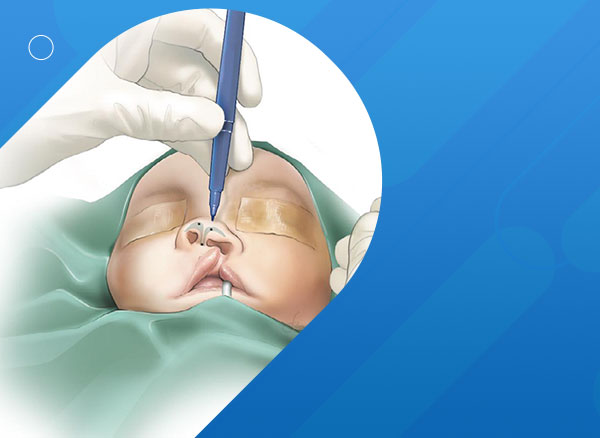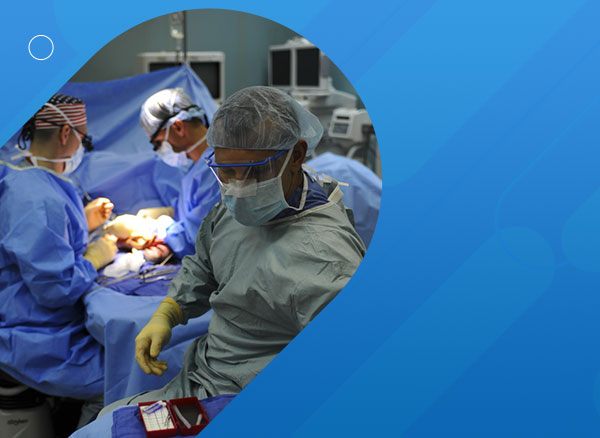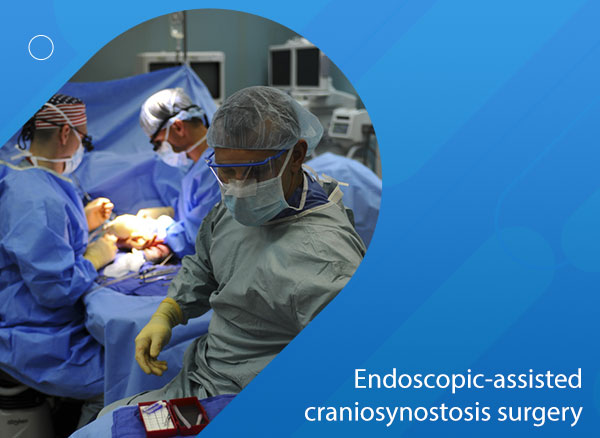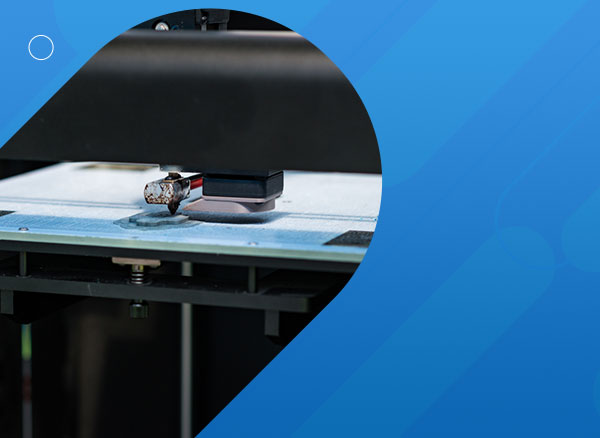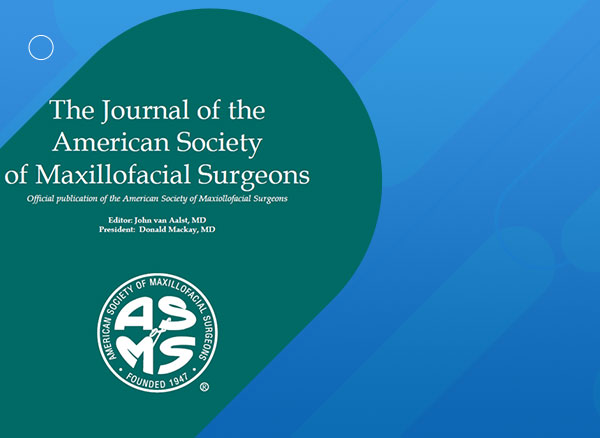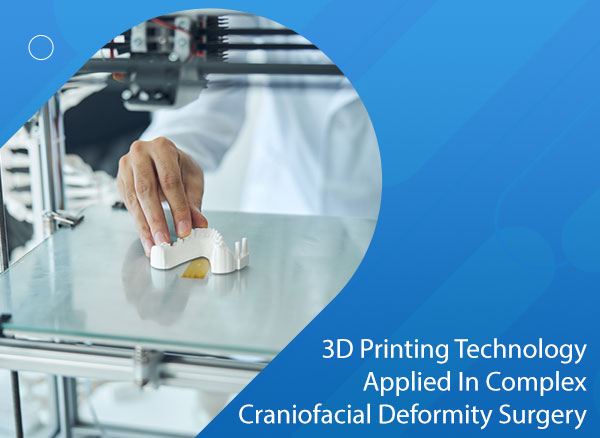
Research & Publications
An anatomical composite nasal lining subunit technique in primary cleft nose correction
Current primary cleft nose correction techniques are associated with a significant rate of long term alar collapse. The nasal lining on the cleft side has been observed to be distorted and deficient. Nasal endoscopy was used to map the two dimensional topogra- phy of the anterior nasal airway lining in a normal and patient with unilateral cleft lip.
Nitroglycerin patch use in digital ischemia secondary to sepsis
Sepsis results in intense disturbances in homoeostasis and is responsible for considerable morbidity and mortality in early infancy. Owing to insufficiency on part of infant to develop adequate inflammatory response to localize the infection, they usually progress to disseminated systemic infection, pneumonia and/or meningitis.
Endoscopic assisted craniosynostosis surgery experience from South-East Asia
We wish to highlight our experience of the endoscopic assisted craniosynostosis technique in the context of a developing healthcare system. In developing countries, internet penetration is increasing and parents are using the internet to research latest technical advances to seek treatment early.
Endoscopic Versus Open Cranial Reconstruction Surgery for Anterior Craniosynostosis: Experience from South-East Asia
Mendonca DA, Gopal S, Gujjalanavar R, Vybhav D, Sunil HR, Ramamurthy V. Endoscopic versus open cranial reconstruction surgery for craniosynostosis; experience from South East Asia. FACE 2020, 1 (2), 105-113.
Nitroglycerin patch use in digital ischemia secondary to sepsis
Plasticos spreads it's wings. First stop Australia.We are proud to announce that we have collaborated with MAFAC(Melbourne Advanced Facial Anatomy Course Course)
Endoscopic-assisted craniosynostosis surgery: First case series in India
Craniosynostosis is a congenital pathological condition resulting from premature fusion of sutures of the cranial vault and leads to an abnormal head shape with a significant risk of raised intracranial pressure.
Can 3D Printing Technology Offer Economic Advantages for Disadvantaged Patients in Resource Poor Countries who Require Complex Craniofacial Surgery?
There is conflicting evidence on the role of raised inflammatory markers in acute ureteric colic with regards to need for intervention after discharge with conservative management.
The Journal of the American Society of Maxillofacial Surgeons
There is a severe lack of formally trained craniofacial surgeons in India, a country with an approximate population of 1.3 billion. Most craniofacial surgery centres are located in teaching medical hospitals/institutions.
3D printing technology applied in complex craniofacial deformity surgery
Three-dimensional (3D) printing (additive manufacturing, rapid prototyping) is a technology that has attracted the attention of craniofacial surgeons to gain perfection in analysis, planning and execution of complex surgical challenges.
